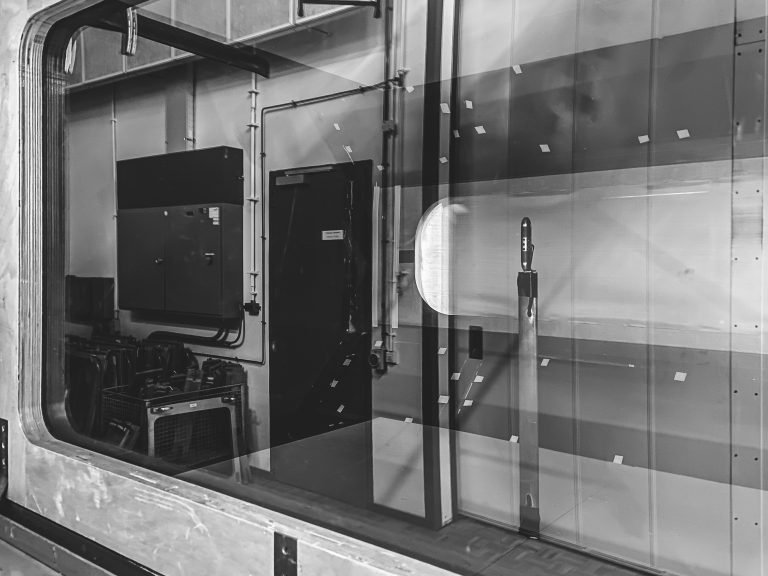Our smart vacuum cleaner is just one of the lightweight mechatronic devices buzzing, humming, groaning and scraping around us.
Demonstrating the principles of vibro-acoustic reciprocity on this will not directly improve its sound. However accurate measurement data of vibro-acoustics will improve both numerical models and the understanding of the operational loads on the device.
Vibro-acoustic reciprocity between 300 to 7000 Hz, captured with just a tiny accelerometer, microphone, very small shaker, volume acceleration point source and, not to forget, our vacuum cleaner, is a way to show Qsources has accurate small scale excitation covered !
We had fun putting this demo and video together and, as a bonus, now have a far better understanding of our vacuum cleaner ! It hopefully provides you with an idea on the wide range of potential applications of our products aimed at making the world a more quiet place.





































